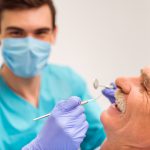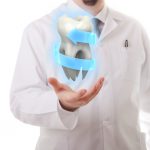
Have you ever been uncertain when providing dental clearance for crucial treatments, such as heart surgery or joint replacement? In my practice, we look at the clinical signs and symptoms for oral disease, but we additionally observe the patient’s oral health at the molecular level. Let me share a case with you that illustrates the importance of salivary testing and its profound impact on the credibility of clearing a patient for surgery.
A long-standing patient presented to my office on...
Read More









